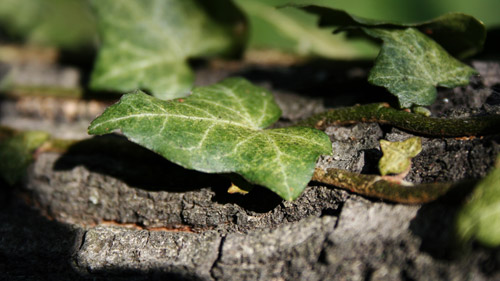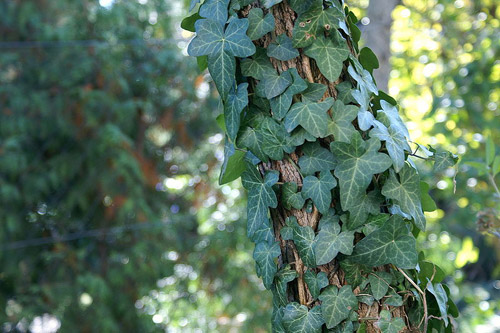
Hi again, it’s Monday and The Equinest’s day to terrorize everyone with more plants your horse can’t eat. Today’s plant can be found almost everywhere and English Ivy is also a highly invasive species.
A Little About English Ivy
Hedera helix is also called Branching Ivy, California Ivy, English Ivy, Glacier Ivy, Needlepoint Ivy and Weber’s Californian. This is an evergreen climbing vine with lobed (and often variegated) leaves which grow alternately. Flowers are small and green/yellow with five petals. Fruit is fleshy and black when ripe.
How Dangerous Is It?
This plant is highly unpalatable to equines and not generally a threat. However the plant contains triterpenoid saponins and polyacetylene compounds which are highly toxic when ingested in large quantities and can irritate skin on contact.
All parts of this plant are toxic to equines.

What To Look For
You know your animal the best, so you should know when something is amiss. English Ivy toxicity symptoms include colic, diarrhea, hyperactivity, excessive salivation, fever, weakness and irritation of skin around the mouth.
Learn More
Be sure to check out the English Ivy page to learn more about the plant and while you are at it why not check out more toxic plants?
*It should be noted that I’m not a veterinarian. This information is written specifically for horses and should be used for reference purposes only. If you think your horse has eaten something toxic call your vet right away.
